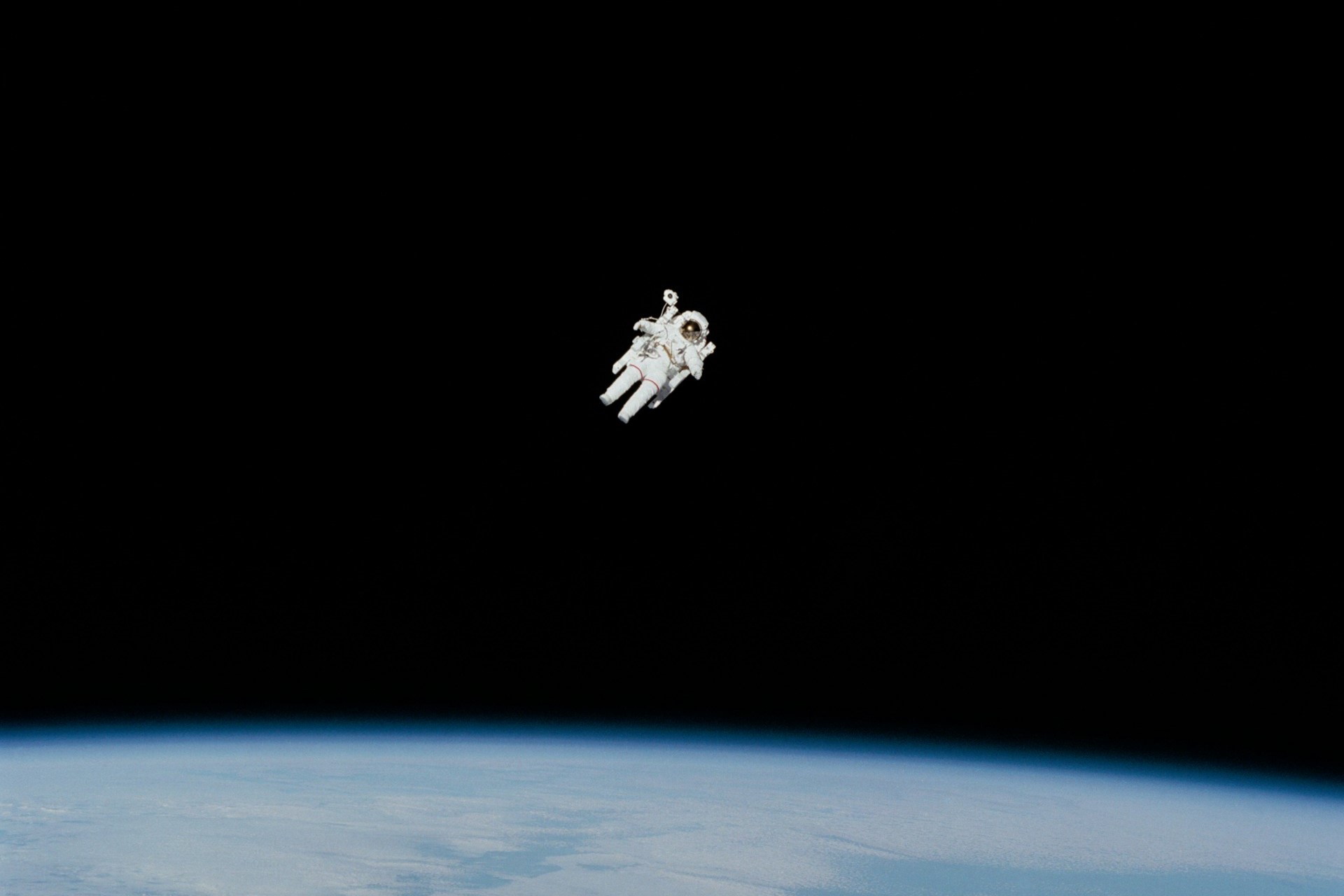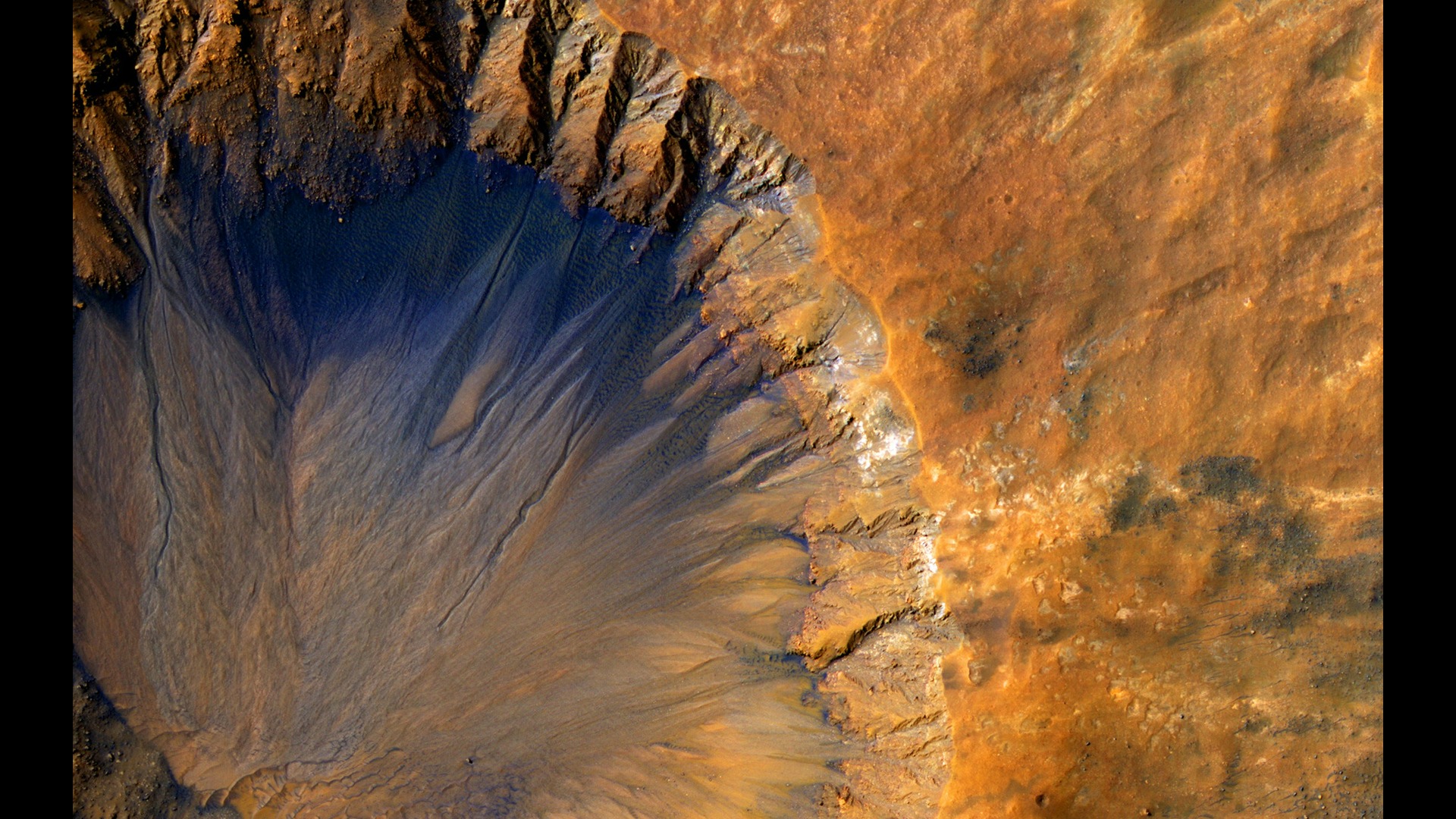
Extraterrestrial Objects: What Do We Really Know?
July 6, 2022 - Emily Newton
Revolutionized is reader-supported. When you buy through links on our site, we may earn an affiliate commission. Learn more here.
Extraterrestrial objects are among the most debated and fascinating topics in modern history. When many people hear the term “extraterrestrial object”, they think of UFOs, aliens, and strange objects from space. However, this term includes far, far more than just flying saucers. In fact, extraterrestrial objects are everything from Mars to exoplanets lightyears away.
This exciting guide will explore what we really know about extraterrestrial objects, from the asteroid belt to the strange objects that may well be from our neighbors across the galaxy.
What An “Extraterrestrial Object” Actually Is
The term “extraterrestrial object” has become synonymous with aliens, but it actually has a much more broad, grounded definition. Strictly speaking, an extraterrestrial object is anything outside Earth and its atmosphere. That even includes the Moon!
Extraterrestrial simply means outside Earth. It is a cultural phenomenon that “extraterrestrial” has become another word for aliens or alien life. While aliens certainly are extraterrestrial beings, it is important to keep in mind that this scientific term includes most things in the known universe. A rock in the Asteroid Belt is just as much an “extraterrestrial object” as Mr. Spock would be.
Of course, there are many places in our universe that very well could harbor alien life. In fact, as discussed below, there are even places in our own solar system that could be home to extraterrestrial life. The search for life beyond Earth has evolved into a new field of science known as astrobiology, which relies on concrete scientific processes and principles like astronomy or biology.
Our Solar System of Exciting Places
Explorers and astronomers don’t need to go far to find some incredible extraterrestrial objects. Our own solar system is full of incredible places, from the serene wasteland deserts of Mars to the frozen oceans of Jupiter’s moon Europa. There may even be undiscovered dwarf planets wandering the outer reaches of the solar system.
The Inner Planets
Earth is one of the inner planets or terrestrial planets, which also include Mercury, Venus, and Mars. The Asteroid Belt beyond Mars forms the border between the inner and outer worlds. The inner planets are small, terrestrial planets that can be thought of as different “versions” of Earth.
If our planet was too close to the Sun, it would have ended up as a scorched, barren world like Mercury or a burning pressure cooker like Venus. If Earth was too far from the Sun, it would have ended up as a frigid desert like Mars.
Mars and Venus are still fascinating extraterrestrial objects, though. In fact, the things that make them different from Earth can actually teach scientists a lot about Earth and how we can protect our home planet’s climate. For example, NASA scientists believe that Venus may have once been habitable like Earth, with a liquid water ocean. If scientists can discover what went wrong with Venus’s atmosphere, it may help us understand and prevent catastrophic global warming on Earth.
The Outer Planets
The outer planets or Jovian planets are the gas giants of the solar system, including Jupiter, Saturn, Uranus, and Neptune. Pluto is not a Jovian planet. The Jovian planets themselves are not as interesting as their moons, at least in terms of exploration and the search for extraterrestrial life. If scientists were to look for alien life in our solar system, the first place on their list would be the moons of Jupiter, followed by the moons of Saturn.
Jupiter’s largest moons, the four Galilean Moons, are each unique. The most intriguing of the four is Europa. The surface of this moon is covered in a thick layer of ice, riddled with strange ridges. Scientists believe there may be a liquid water ocean hidden beneath this frozen shell. The complex gravitational relationship between Europa, Jupiter, and the other Galilean Moons could potentially create subsurface tides and vents from Europa’s core could provide nutrients and heat. This creates a recipe for possible alien ocean life on Europa.
Europa isn’t the only exciting extraterrestrial object beyond the Asteroid Belt. Saturn’s largest moon, Titan, is also a prime candidate for exploration in the outer planets. Among the other worlds in the solar system that resemble Earth, Titan is both the most similar and the most eerie.
Its surface has rivers, canyons, and other features like Earth, but they are far from an oasis. The rivers and oceans on Titan are made of liquid methane. The entire moon is composed of different elements and minerals than Earth. However, there could still be life on Titan. It simply would not be carbon-based like life on Earth.
Between the moons of Jupiter and Saturn, humanity’s first encounter with extraterrestrial life could very well be right here in our own solar system.
Pluto and the Dwarf Planets
Pluto marks the start of the fringes of the solar system, including the dwarf planets and the Kuiper Belt. The classification of Pluto as a dwarf planet rather than a terrestrial planet is a hotly debated topic. It is not in the inner solar system but it is also not a gas giant like the outer planets. This is why Pluto was reclassified as a dwarf planet rather than a “fully fledged” planet. It is the king of its own new class of worlds.
Pluto is not the only extraterrestrial object at the far reaches of the solar system. Scientists don’t know yet how many dwarf planets could potentially be hiding out in our solar system, but there are at least four others like Pluto. Ceres is located in the Asteroid Belt, between Mars and Jupiter. Eris, Makemake, and Haumea are all located beyond Neptune in the Kuiper Belt, alongside Pluto.
NASA’s New Horizons spacecraft revealed a wealth of new details about Pluto and the outer rim of the solar system. In fact, data from New Horizons shows that Pluto’s surface includes water ice. It may sound hard to believe, but there could even be life on Pluto. Similar to Europa, scientists believe it may be possible that Pluto has a subsurface ocean. Any life that did manage to emerge on Pluto would be nothing like life on Earth, though, and would most likely only be microbial.
Worlds and Galaxies Far, Far Away
Numerous missions have been and continue to be conducted to search for life beyond our solar system. There are billions of other stars in the universe. Statistically, it is virtually impossible for Earth to be the only world with intelligent life inhabiting it or even the only world that could support life.
Scientists are using extremely powerful telescopes to search the universe for “exoplanets”, planets in other star systems, that are in the habitable zone of their sun or suns. Thousands of exoplanets have been discovered, but less than 60 are habitable zone candidates for another Earth. Here are a few of the most promising exoplanets discovered so far.
The TRAPPIST-1 System
The TRAPPIST-1 system is incredible, even among the entire universe of incredible extraterrestrial objects. This system includes not one but seven worlds that are similar in size and density to Earth and in their star’s habitable zone. All seven worlds are strangely similar to one another, as well, at least based on the data collected so far. If far-future explorers wanted to find a new system to colonize, TRAPPIST-1 would be a top contender.
Kepler-22b
Kepler-22b was one of the first potentially habitable exoplanets discovered. It is a super-Earth roughly 2.5 times larger than Earth with a year about 100 days shorter than ours. Scientists believe this world could be covered in a giant ocean, although it is possible that it has some solid surface land. Kepler-22b could potentially harbor life like that found in Earth’s oceans, with a comfortable surface temperature of about 60 degrees Fahrenheit.
Proxima Centauri B
When humans one day voyage beyond our solar system, Proxima Centauri B could be our first stop. It is the closest known exoplanet to Earth, orbiting the closest star to our Sun, Proxima Centauri. Scientists estimate that it is only about 17% larger than our world. Additional data collected in 2020 even confirmed that Proxima Centauri B is extremely close in mass to Earth. It is in the perfect spot in the habitable zone of its star, as well, making it a top candidate to harbor liquid water and possibly even an atmosphere like Earth’s.
Where Are Our Intergalactic Neighbors?
All of these incredible worlds are fascinating examples of extraterrestrial objects. One clear take away from a look beyond our planet is that there are many places out there that could be home to real alien life, including intelligent civilizations like Earth’s.
In fact, mathematicians and scientists have used statistical analysis to estimate the number of potential alien civilizations living in the universe, ranging from hardly a few to millions. If we are to take an average of these calculations, it is highly probable that we are truly not alone in the universe or even in the Milky Way galaxy. Some even wonder if we have already heard from one of the civilizations and just haven’t confirmed it yet.
The WOW! Signal
The WOW! Signal is among the most famous artifacts in the search for alien life. This strange radio signal was briefly but powerfully detected by a radio telescope in 1977 for just over one minute. It was analyzed by astronomer Jerry Ehman, who wrote “WOW!” on the printout of the signal, giving it its famous name.
Scientists today have continued to analyze this perplexing signal. Radio technology is a sure sign of intelligent life, but there are natural phenomena that can also cause radio bursts like this. It is still unclear what the WOW! Signal really is, but scientists have determined that it may have come from a star in the Sagittarius constellation.
Oumuamua
In 2017, an incredibly strange extraterrestrial object came flying past Earth, like nothing scientists have observed before. It was named Oumuamua and it was the first object ever seen that scientists can confirm came from outside our solar system. Its shape was nothing like any other natural object ever found in the solar system. Oumuamua is estimated to have been 10 times longer than it was wide. Even stranger, something was causing the object to flip end over end as it flew through space.
Unfortunately, Oumuamua flew through our solar system far too fast for astronomers to turn any telescopes toward it and snap a picture. Scientists are continuing to study this strange extraterrestrial object, though. One Harvard professor even hypothesizes that Oumuamua is actually a piece of debris from an advanced alien civilization in another star system, perhaps broken off from a solar sail like those Earth’s scientists are developing.
Extraterrestrial Objects: The Universe Beyond Our World
The universe is a vast, exciting place, full of extraterrestrial objects waiting to be explored. While none of the extraterrestrial objects discovered so far are alien starships, it is statistically highly probable that there is other intelligent life in the universe. While humans may never come face to face with an advanced alien civilization, there are places right here in our own solar system that could harbor extraterrestrial life. As human explorers venture deeper into space, we are sure to uncover more mysteries and more incredible discoveries.
Revolutionized is reader-supported. When you buy through links on our site, we may earn an affiliate commission. Learn more here.
Author
Emily Newton
Emily Newton is a technology and industrial journalist and the Editor in Chief of Revolutionized. She manages the sites publishing schedule, SEO optimization and content strategy. Emily enjoys writing and researching articles about how technology is changing every industry. When she isn't working, Emily enjoys playing video games or curling up with a good book.







